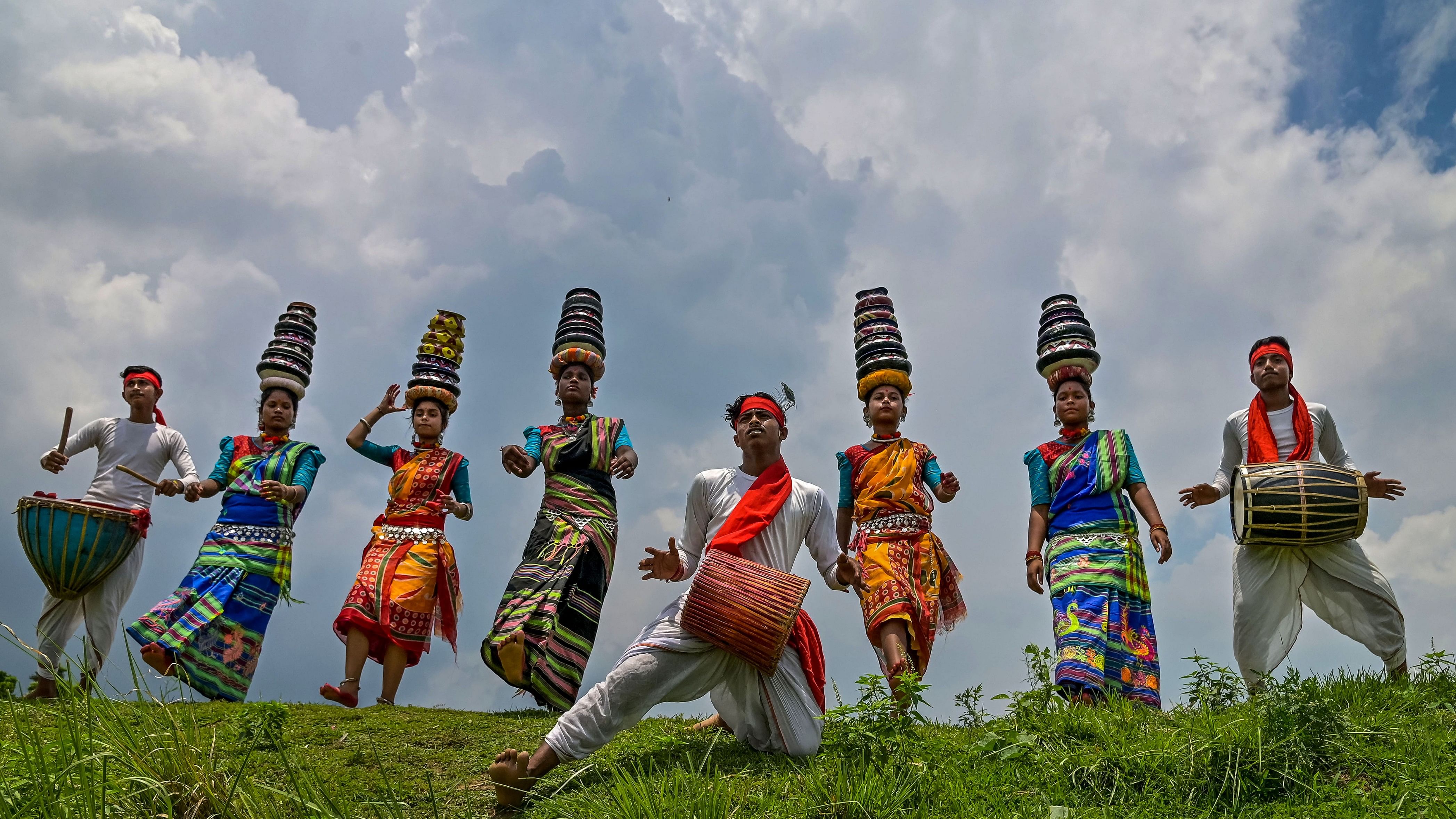
World Tribal Day in West Bengal.
Credit: PTI Photo
August 9 every year is celebrated as the International Day of World’s Indigenous People. It is also called World’s tribal day and is meant to raise awareness of the unique cultures of these people.
According to the United Nations (UN) people from around the world are encouraged to spread the UN’s message on the protection and promotion of the rights of indigenous peoples on this day.
The theme of this year’s Indigenous People’s Day is ‘Youth as agents of change for self-determination’.
According to UN estimates, there are about 4.76 crore indigenous people in the world spread across 90 countries and they retain their cultural identities which is distinct from other parts of the population in a region.
Significance
Despite constituting only five per cent of the world’s population, indigenous people account for 15 per cent of the world’ total poor population. Colonisation and destruction of their natural habitats for ‘development’ has harmed the livelihood of these groups.
The population of tribals and indigenous people have suffered immensely due to a marked difference in their cultural, economic and political systems. This has resulted in them being directly or indirectly forced to change their ways of living. This phenomenon is seen all around the world, thus prompting these groups to stand up for the protection of their rights and their way of living.
That is why the international community had to take special measures to protect their rights and maintain their distinct way of life.
History
As the worldwide movement to acknowledge the rights of indigenous people gained strength, the international community took note and marked August 9 as the International Day of World’s Indigenous People. The resolution for this was adopted on December 23, 1994. August 9 was chosen because it marked the day of the first meeting of the UN Working Group on Indigenous Populations in 1982.